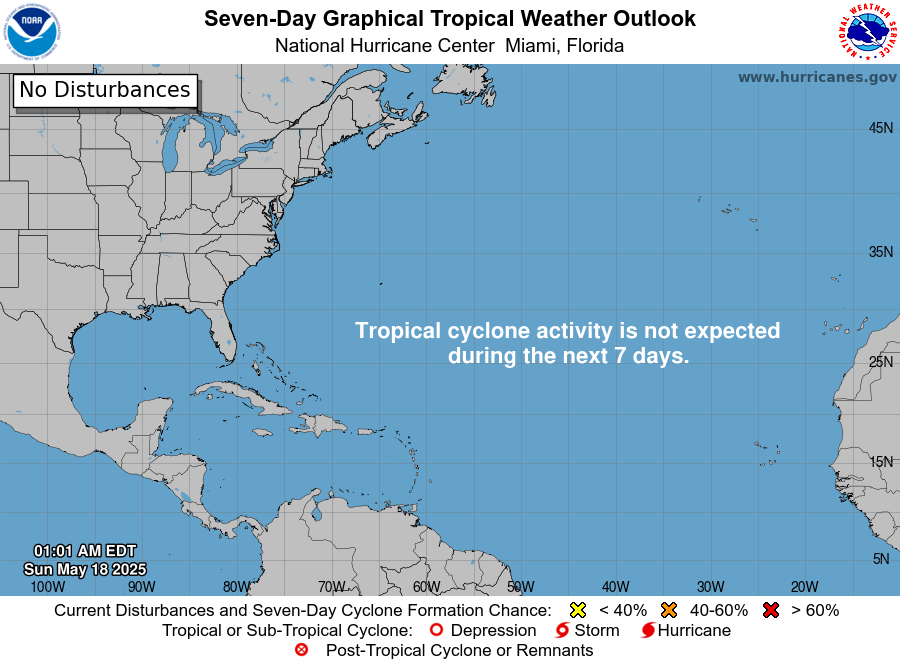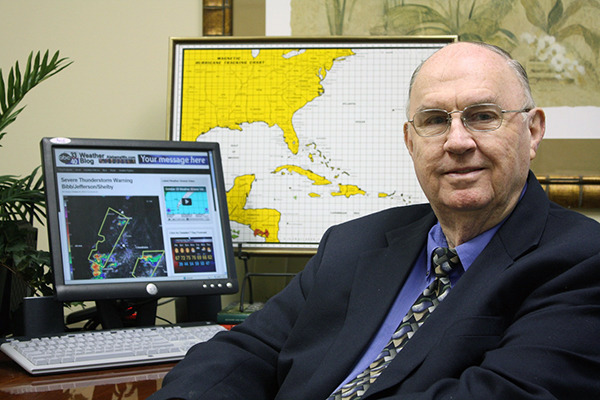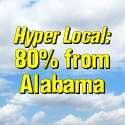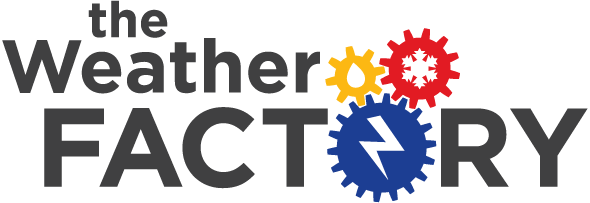The First Tornado Forecast
Before a man in the Signal Corps named John Park Finley came along, the tornadoes that occurred on the American Plains were considered to be unforecastable. Finley was allowed to investigate the destructive storms by his superiors. He was assigned to the Weather Research Unit in Washington, D.C.
Finley had studied the atmospheric parameters that were present during previous tornadoes. In 1884, he published his research in the journal Science. Here are those parameters, published in a 1999 Weather & Forecasting article.
1. there is a definite relation between the position of tornado regions and the region of high contrasts in temperature, the former lying to the south and east;
2. there is a similar definite relation of position of tornado regions and the region of high contrasts in dewpoint, the former being, as before, to the south and east;
3. the position of tornado regions is to the south and east of the region of high contrasts of cool northerly and warm southerly winds—a rule that seems to follow from the preceding and is of use when observations of temperature and dewpoint are not accessible;
4. the relation of tornado regions to the movement of upper and lower clouds has been studied and good results are still hoped for;
5. the study of the relation of tornado regions to the form of barometric depressions seems to show that tornadoes are more frequent when the major axis of the barometric troughs trends north and south, or northeast and southwest, than when it trends east and west.
On this date (March 10) in 1884, Finley issued the first experimental tornado prediction, utilizing the parameters. As you can see, they are still accurate and largely in use today. The use of the word “tornado†in forecasts would be banned a few years later. That ban would remain in place until 1952.
Category: Uncategorized

















